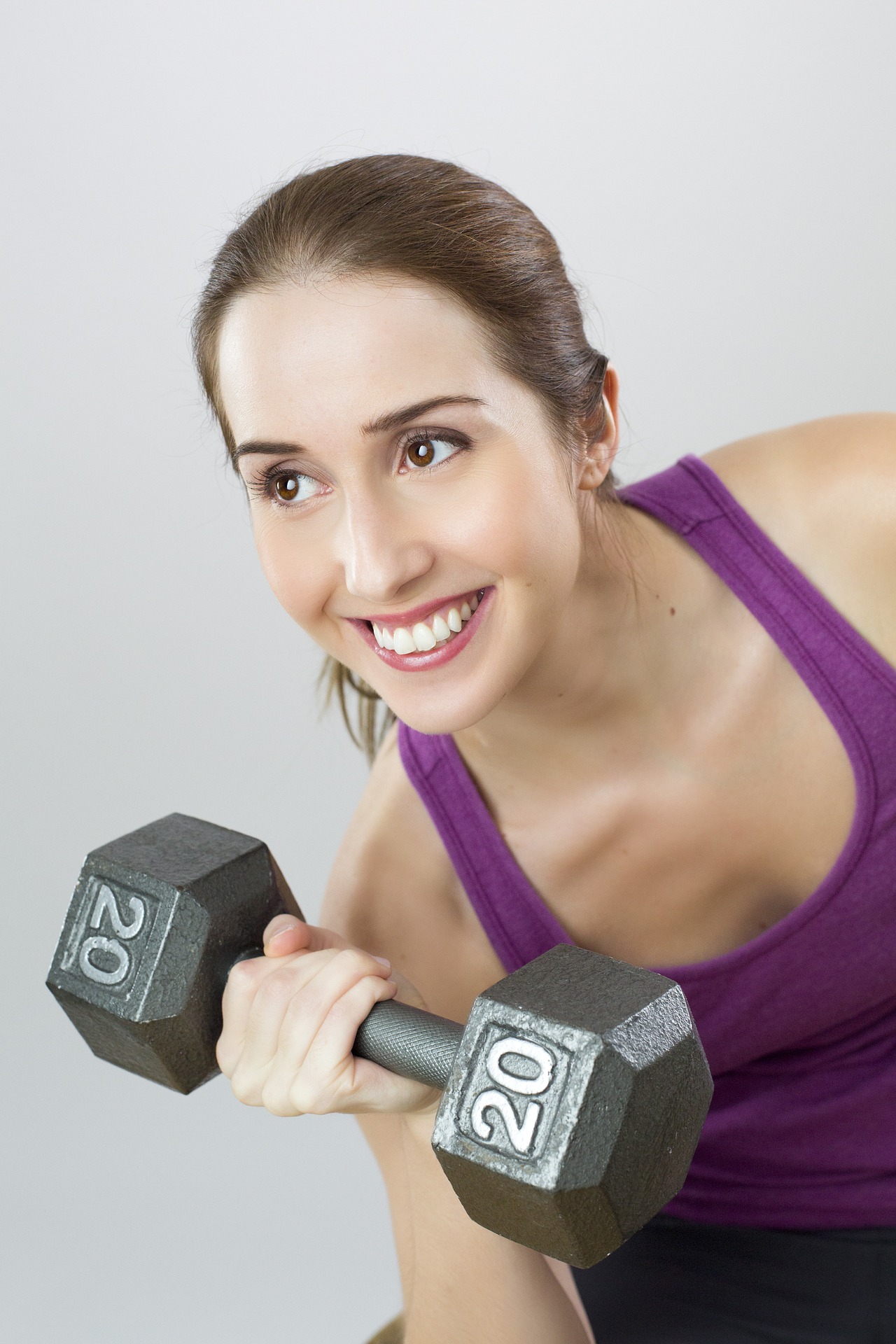It’s All About the Hormones: PCOS Relief Strategy #3

We’re more than halfway through September, and autumn is coming into full swing. September is also PCOS Awareness Month and here at B-Method we’re dedicating the entire month to looking at ways that you can get serious, lasting relief from Polycystic Ovary Syndrome.
We’ve spent the past two weeks learning effective eating and sleeping strategies for managing PCOS. Now it’s time to check out how moving your body can help.
Strategy #3. Work out on a regular basis, ideally 5 days a week.
So, I’ve said this before. Experts recommend that we get 150 minutes of exercise a week to keep us in tip-top shape for both trying to conceive and for our overall health. That’s 30 minutes, 5 days a week.
And if you suffer from PCOS, yes, exercising is one of the most effective ways to get relief.
Here’s why: exercise helps manage your glucose and insulin. Exercise causes glucose to be taken from the blood and moved into the muscles. This lowers the need for insulin and improves the body’s sensitivity to insulin. This is of tremendous benefit for PCOS sufferers, whose insulin resistance is already compromised.
Effectively managing insulin also helps you to better manage testosterone. And when you can manage testosterone, you’ll get some serious relief from PCOS, since testosterone causes many PCOS symptoms.
Regular exercise, coupled with a well-balanced diet, can also help you lose weight, which can also give you some relief from PCOS and boost your chances at conception. Studies have consistently shown that even minimal weight loss – just 5% of your body weight – can help immensely with regulating your menstrual cycle and ovulation, which is a huge part of the battle for PCOS sufferers to conceive.
So, no two ways about it. Exercise is crucial for PCOS management.
But don’t just exercise for exercising’s sake. It’s important to remember that the way you exercise is also important – it’s not just what you do, but how you do it. Quite simply, when you’re trying to conceive is not the time to train for the Olympics. Overly rigorous exercise can be just as detrimental to your hormone levels and your ovulation as being completely sedentary can.
And, since PCOS is a hormonal disorder, what we’re trying to do to keep it in check and get relief is manage our hormone levels and our hormone production. And the wrong type of exercise could actually make your condition worse.
It’s best to aim for moderate-intensity exercise that challenges you without completely pushing you over the edge. You don’t necessarily need to “feel the burn” to know you’re getting a good workout.
It’s also important to make sure you’re getting a good balance of exercise, incorporating both cardiovascular training and strength training into your overall workout plan. Both types of exercise give different and important benefits, so you need to make sure you’re getting both on a regular basis.
Cardio exercise helps get your heart rate up and use energy. This helps you burn calories, lose weight and feel great. That feeling of euphoria that comes from exercising? That’s usually from a cardio workout.
Strength training builds muscle, which helps your metabolism while at rest, as well as your overall fitness level.
Here’s a sample weekly exercise schedule to help you get the relief you need, AND the awesome feeling of accomplishment and invincibility that only exercise can give.
Sunday – 30 minute bike ride (cardio training)
Monday – 30 minutes of weights, working all muscle groups (strength training)
Tuesday – 30 minute brisk walk or jog (cardio training)
Wednesday – 30 minutes of yoga or Pilates (flexibility, some strength building and cardio benefits)
Thursday – 30 minutes of weights, working all muscle groups (strength training)
Friday – 30 minute aerobics class (cardio)
Saturday – off day. You deserve it!
This schedule gives you 3 days of solid cardio exercise and 2 days of strength training. The strength training is done on non-consecutive days, which allows you to recover in between.
With the coming of autumn, it’s a great time of year to exercise outside, in the fresh air, so the suggestions here emphasize ways you can work out outside. You can certainly substitute other forms of cardio for walking and biking, such as dance classes, Zumba, swimming, or spinning. Check out other suggestions for creative exercise here.
You also get from this schedule a bonus 30 minutes of yoga and stretching to help your overall flexibility. Stretching helps improve your balance, improves blood flow and helps your overall performance in exercise, all while decreasing the likelihood of injury. So it’s really important to do your stretches, and if you don’t want dedicated time for it, you can build a few minutes of basic stretching into your exercise routine every day, for both cardio and strength building workouts.
I’d love to hear how you’ve been able to incorporate working out into your routine. Leave me a comment below!
Love,
Stephanie



